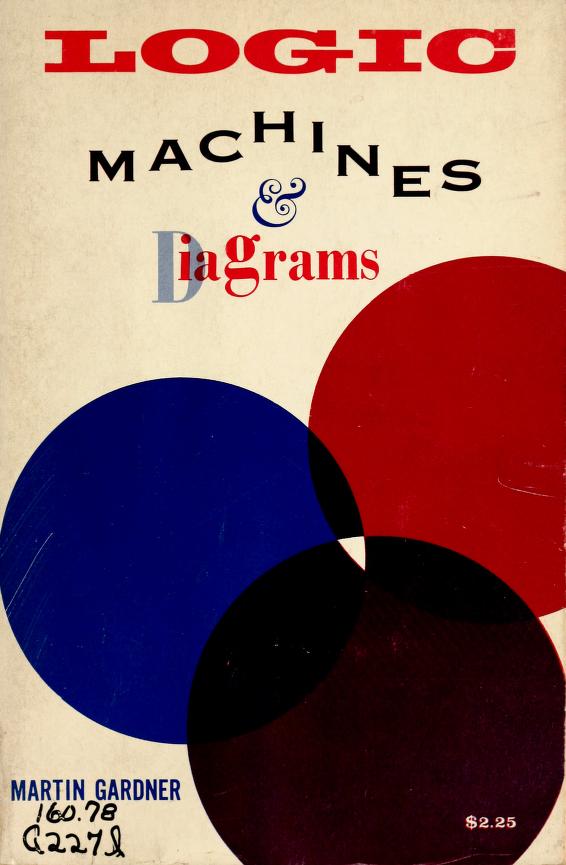Bruno Latour: An Inquiry into Modes of Existence: An Anthropology of the Moderns (2012–) [FR, EN]
Filed under book | Tags: · anthropology, digital humanities, ecology, economy, knowledge, law, modernity, networks, philosophy, politics, science

“In this new book, Bruno Latour offers answers to questions raised in We Have Never Been Modern, a work that interrogated the connections between nature and culture. If not modern, he asked, what have we been, and what values should we inherit? Over the last twenty-five years, Latour has developed a research protocol different from the actor-network theory with which his name is now associated—a research protocol that follows the different types of connectors that provide specific truth conditions. These are the connectors that prompt a climate scientist challenged by a captain of industry to appeal to the institution of science, with its army of researchers and mountains of data, rather than to “capital-S Science” as a higher authority. Such modes of extension—or modes of existence, Latour argues here—account for the many differences between law, science, politics, and other domains of knowledge.
Though scientific knowledge corresponds to only one of the many possible modes of existence Latour describes, an unrealistic vision of science has become the arbiter of reality and truth, seducing us into judging all values by a single standard. Latour implores us to recover other modes of existence in order to do justice to the plurality of truth conditions that Moderns have discovered throughout their history. This systematic effort of building a new philosophical anthropology presents a completely different view of what Moderns have been, and provides a new basis for opening diplomatic encounters with other societies at a time when all societies are coping with ecological crisis.”
French edition
Publisher La découverte, Paris, 2012
504 pages
English edition
Translated by Catherine Porter
Publisher Harvard University Press, 2013
ISBN 0674724992, 9780674724990
520 pages
Reviews: Muecke (of FR ed., Los Angeles Review of Books, 2012), Norton (Interstitial, 2013), Hennion (Science, Technology, & Human Values, 2013), Davis (Reviews in Cultural Theory, 2014), Dusek (NDPR, 2014), Hebbing (Diffractions, 2014), Foster (Science and Technology Studies, 2014), Choat (Global Discourse, 2014).
Commentary: Skirbekk (Radical Philosophy, 2015).
Another Turn after ANT: An Interview with Bruno Latour by John Tresch (Social Studies of Science)
An Introduction to AIME by Latour, video, 16 min.
Participatory web platform of the project
Author
Publisher (FR)
Publisher (EN)
Enquête sur les modes d’existence. Une anthropologie des Modernes (French, added on 2013-9-26)
English translation was removed on 2013-9-20 upon request of the publisher.
K. G. Beauchamp: Exhibiting Electricity (1997)
Filed under book | Tags: · 1800s, 1900s, electricity, engineering, exhibition, history of science, history of technology, machine, science, technology, telegraphy

“This unusual book traces the history of public and technical exhibitions, from their origins in the late 18th century to present day, and, particularly, how they have reflected the progress of science and technology (especially electrical technology). Not only does the author show how electrical innovation and manufacture have been presented to the wider public through this period, but he also shows how the exhibitions themselves have required technological advice. It is through this combination of roles that the importance of these exhibitions within scientific and technological advance can be understood.”
Publisher Institution of Electrical Engineers, 1997
IEEE History of Technology Series, Volume 21
ISBN 0852968957, 9780852968956
352 pages
review (Bernard S. Finn, Technology and Culture)
review (Iwan Rhys Morus, The British Journal for the History of Science)
Martin Gardner: Logic Machines and Diagrams (1958)
Filed under book | Tags: · diagram, logic, machine, mathematics, science

“A logic machine is a device, electrical or mechanical, designed specifically for solving problems in formal logic. A logic diagram is a geometrical method for doing the same thing. The two fields are closely intertwined, and this book is the first attempt in any language to trace their curious, fascinating histories. [..]
The reader may wonder why so much of the first chapter is devoted to the life and personality of Ramon Llull. The answer is that Ramon’s life is much more fascinating than his eccentric logic. Other logicians mentioned in the book may have been far from dull to those who knew them, but with the possible exception of Lord Stanhope, recorded details of their lives are comparatively drab and colorless. Llull’s Quixotic career is little known outside of Spain and France, and I make no apologies for introducing the reader to one of the most remarkable tragicomic figures of the Middle Ages.” (from the Introduction)
The book also covers logic diagrams and card methods for solving logical problems by Venn, Lambert, De Morgan, Peirce, Cunynghame, Lewis Carroll, and Gardner himself, and logic machines by Stanhope, Jevons, Marquand, and others.
Publisher McGraw-Hill, New York/Toronto/London, 1958
ix+157 pages
Review: W. Mays (Journal of Symbolic Logic).
PDF
Internet Archive (more formats)

